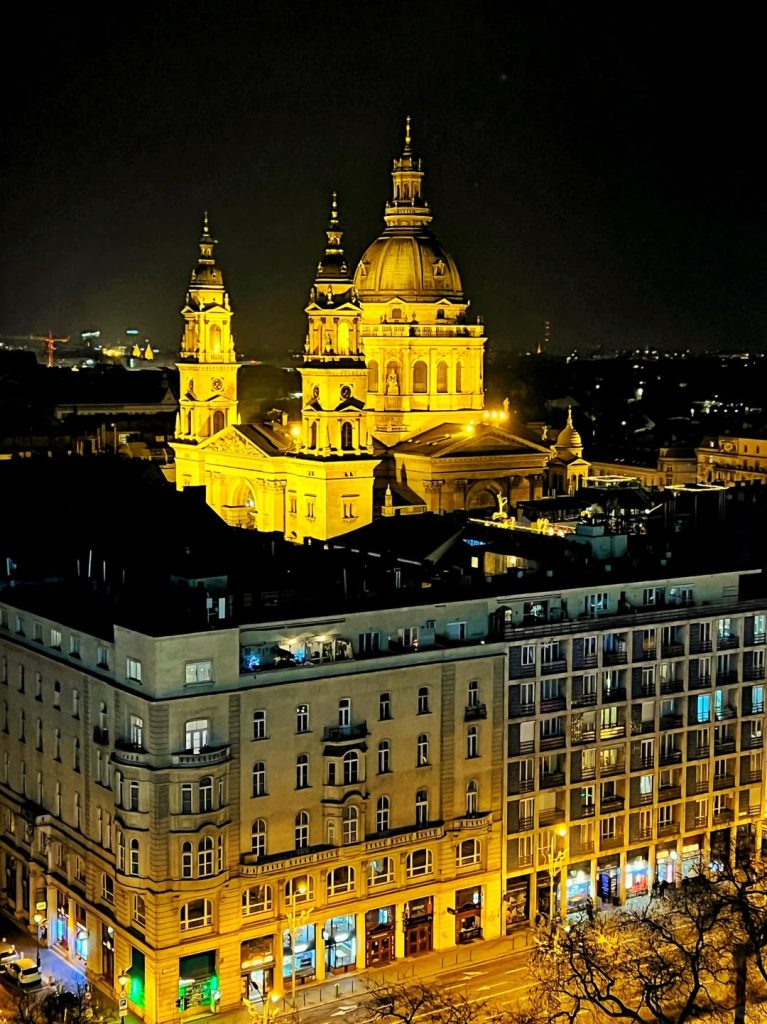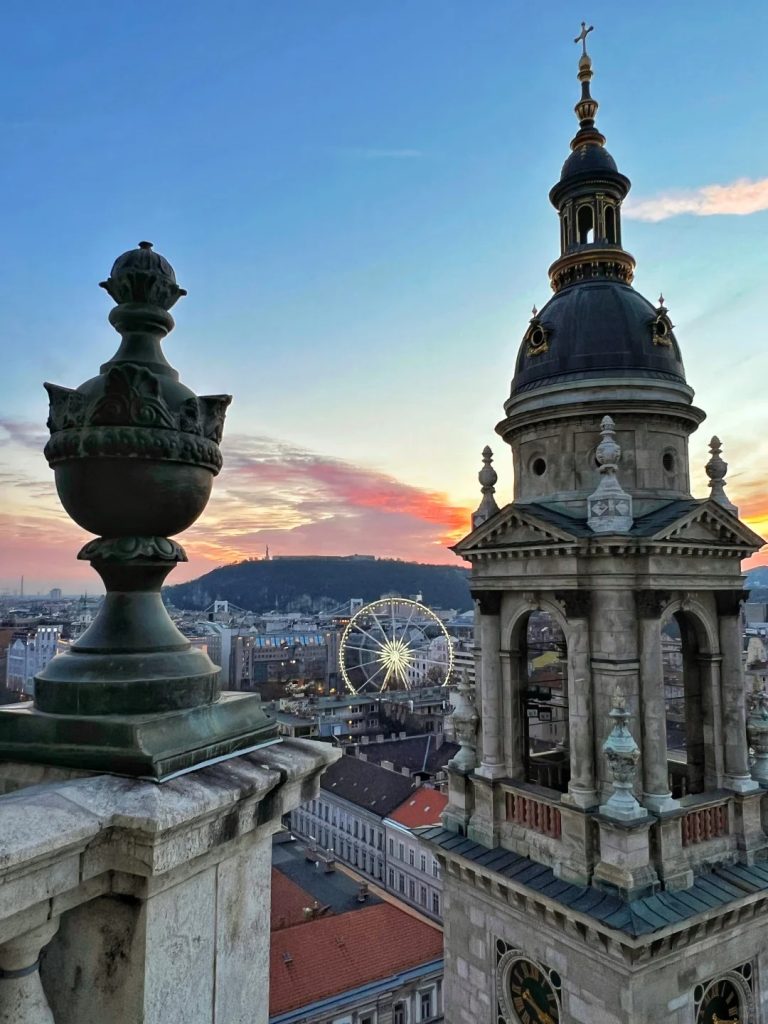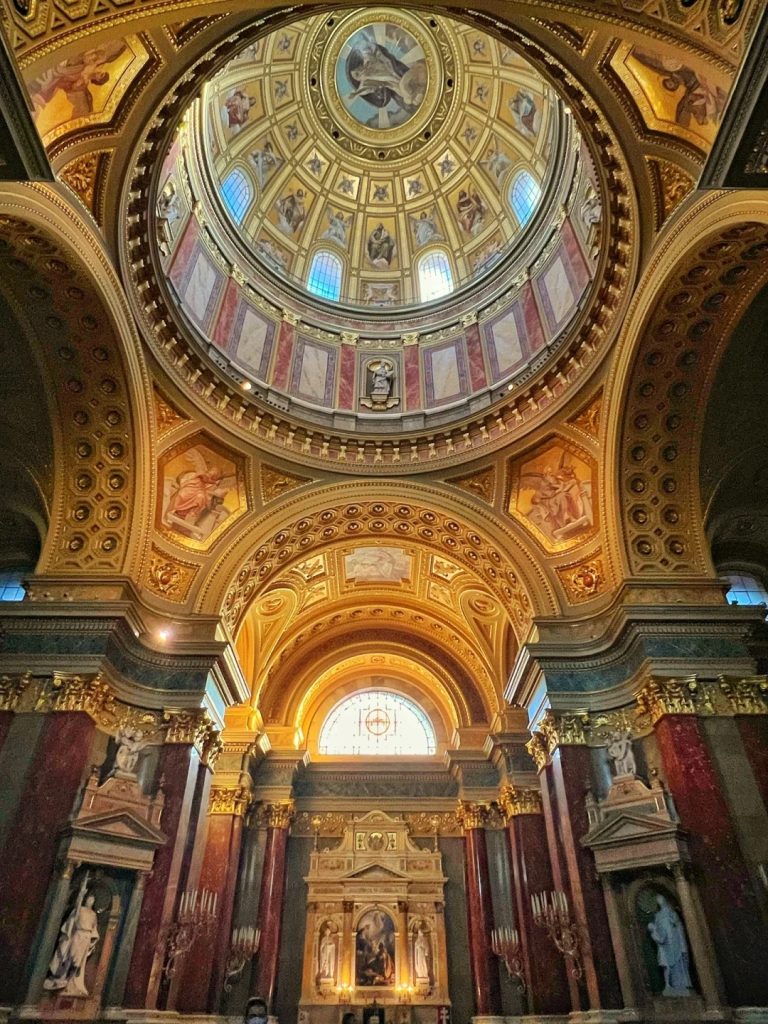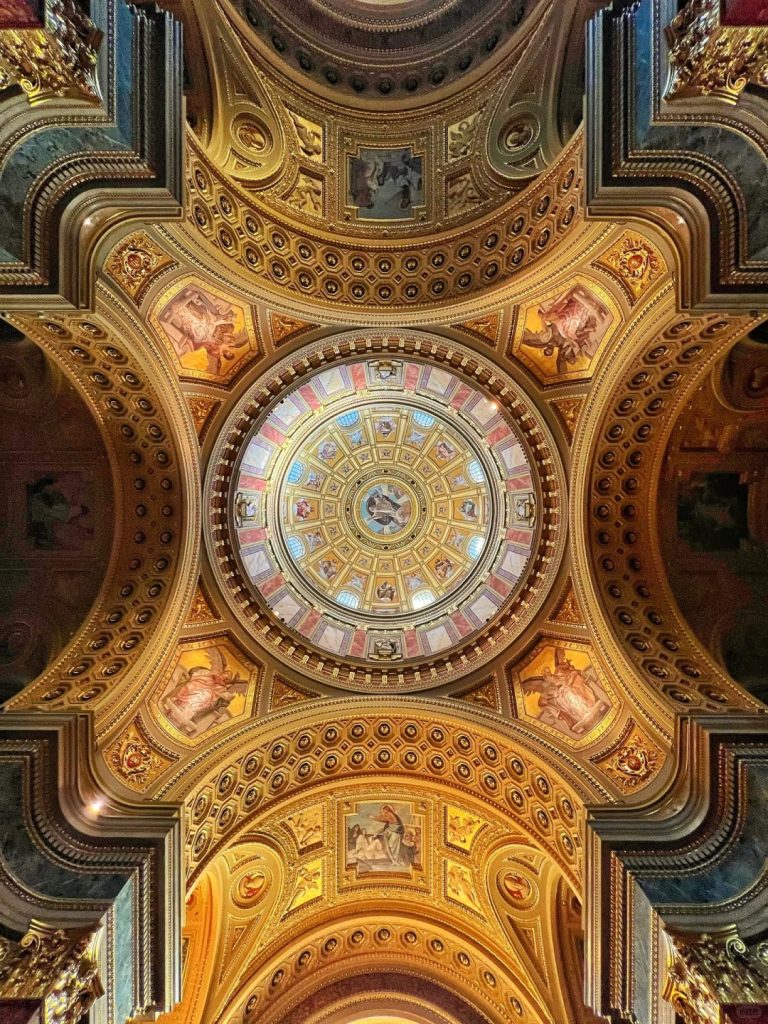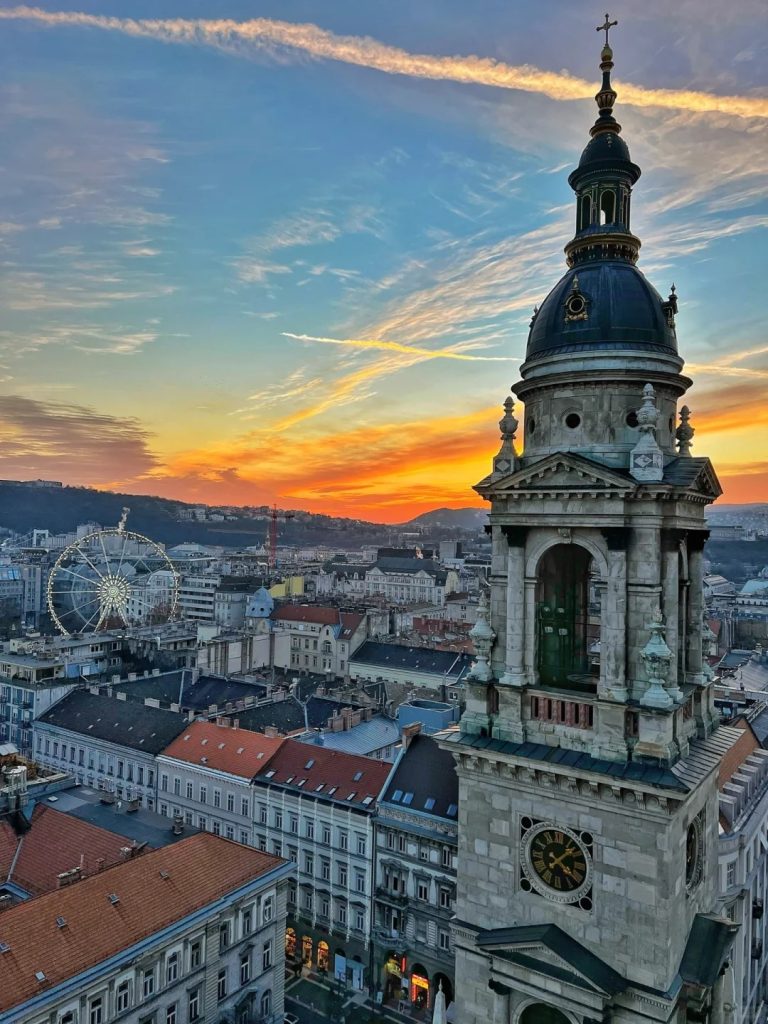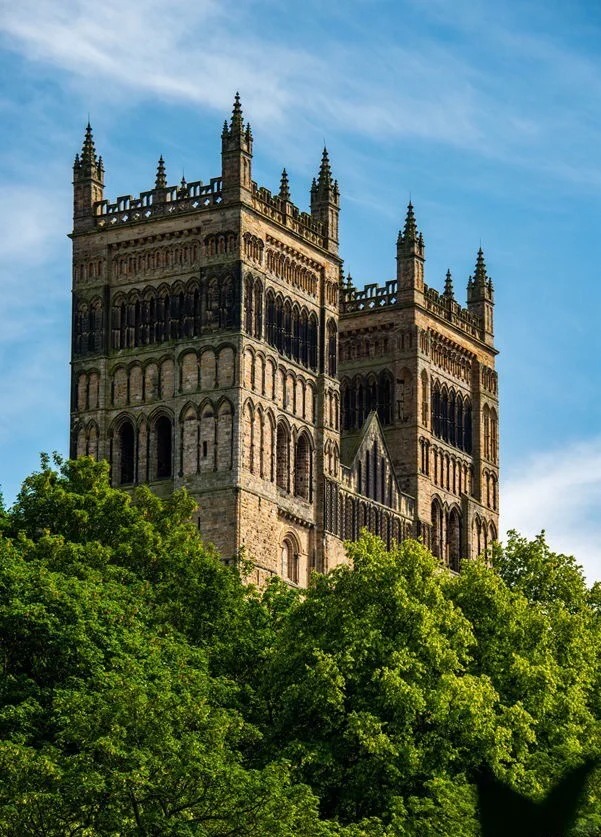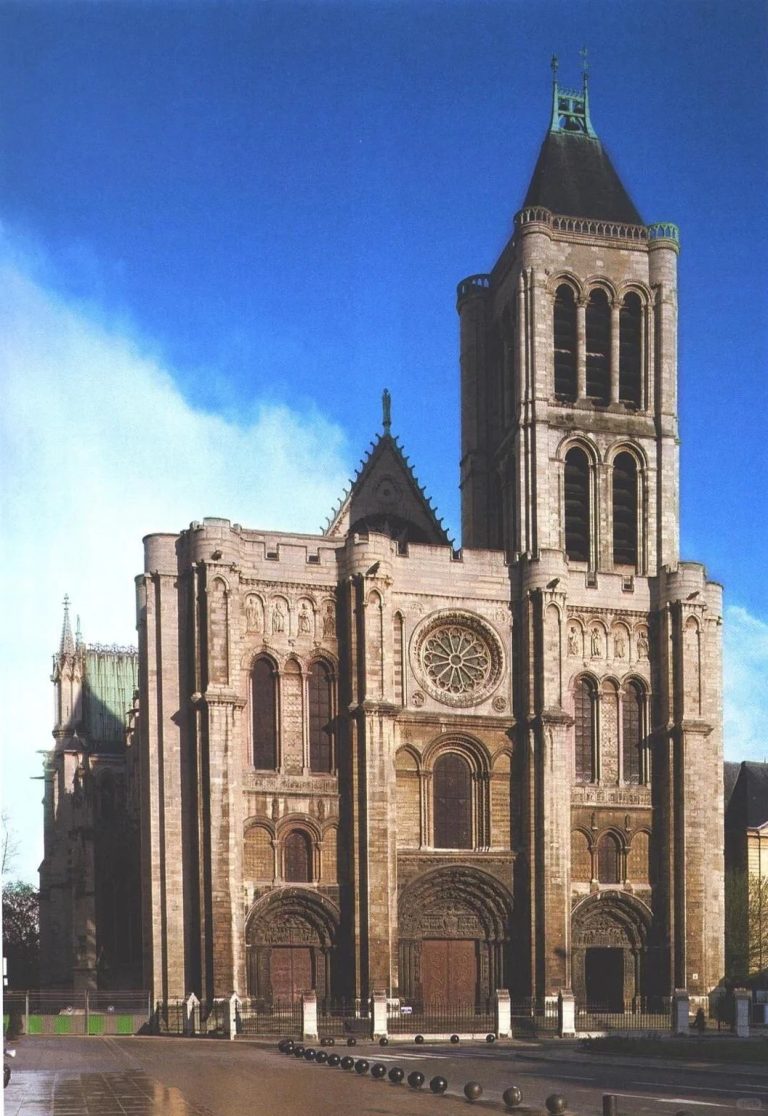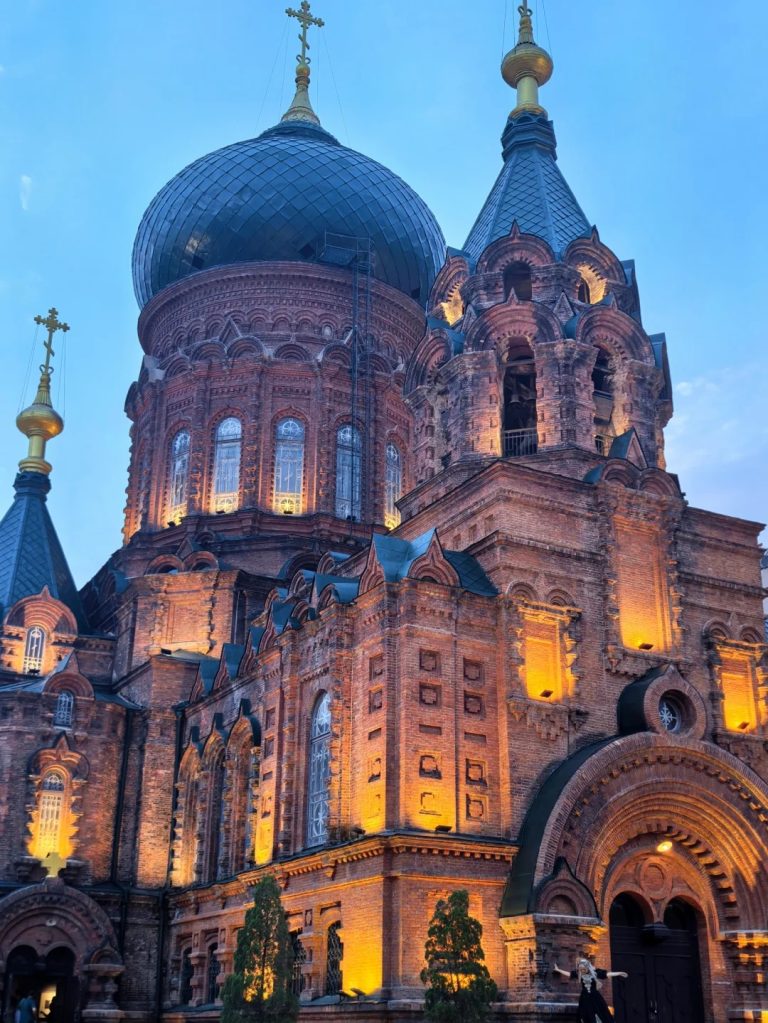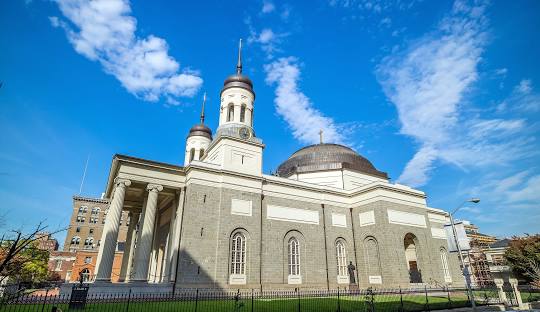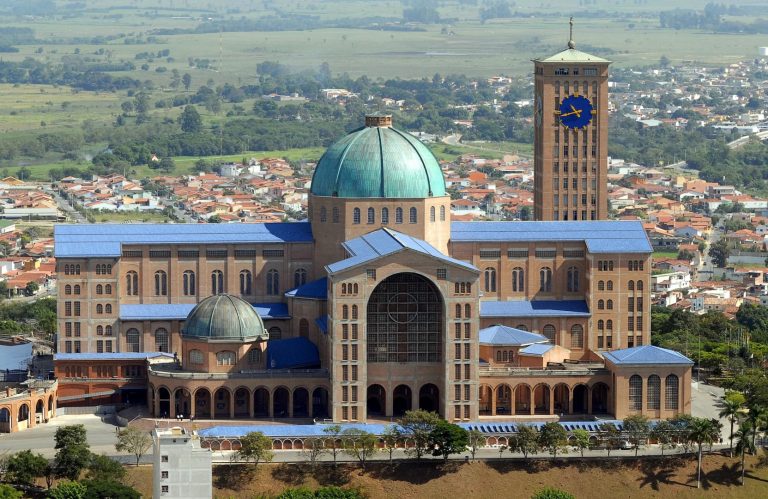St. Stephen’s Basilica, Budapest, Hungary
- Images: St. Stephen’s Basilica’s neoclassical architecture is elegant, with its large dome and twin – towered facade. The interior is decorated with beautiful frescoes and a large organ. The dome, standing at 96 meters high, offers a breathtaking panoramic view of Budapest, making it a popular spot for tourists to capture the cityscape.
- History: Construction of St. Stephen’s Basilica commenced in 1851 and was completed in 1905. It was named in honor of Hungary’s first king, St. Stephen. Over the years, it has withstood the test of time and various historical events, remaining a steadfast symbol of the city.
- Architectural Features: The basilica showcases neoclassical architecture, characterized by its large dome and twin – towered facade. Inside, the beautiful frescoes adorn the walls, creating a solemn and artistic atmosphere. The presence of a large organ adds to the grandeur of the interior space.
- Significance: It holds great significance both religiously and culturally. As a place of worship, it attracts numerous believers. Culturally, it represents Hungary’s rich heritage and is a national symbol, housing the mummified right hand of St. Stephen, a precious national relic.
- Current Situation: Currently, it remains a popular tourist destination and an active place of worship. It continues to draw visitors from all over the world, who come to admire its architecture, view the national relic, and enjoy the panoramic view from the dome.
Location: In the center of Budapest, Hungary, it is a symbol of the city, standing prominently in the heart of the urban landscape.
Opening Hours: 9:00 – 17:00 (times may vary).
